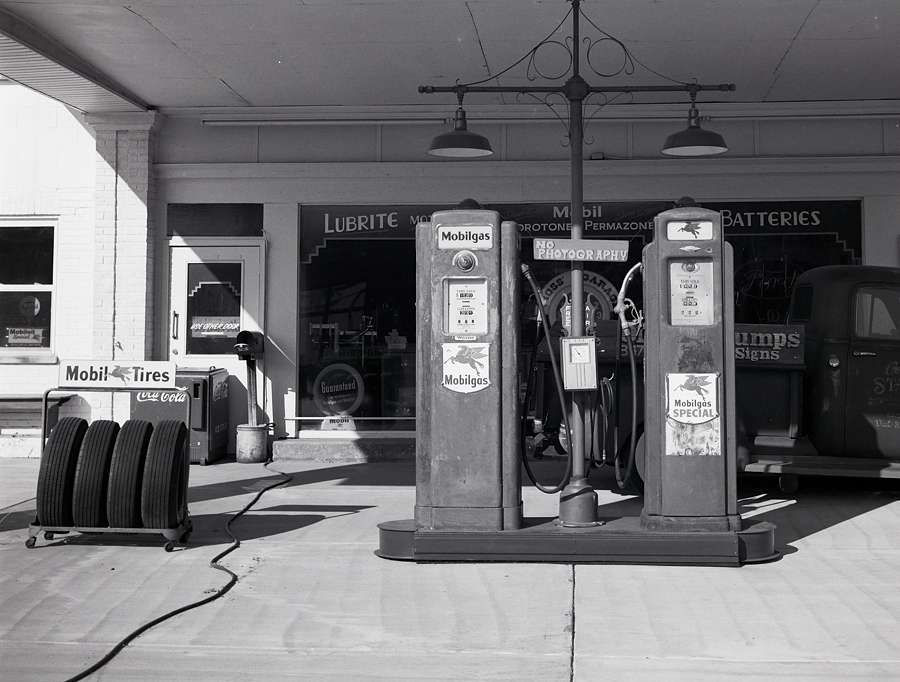css9450
Veteran
One more. Same details as above.




I agree that scanning color film or slides with a digital camera may not be the best solution. I can eventually get colors I like in post processing - I have and know how to use Affinity Photo, Lightroom and Photoshop - but doing so is such a PITA that it's not worth it for me. I use the Plustek 7100 for 35mm color negatives and the V700 for larger b&w or color negatives and for slides of any size.
But all of my current photography is with 35mm b&w film and scanning with the X-E2 is far and away the fastest and easiest solution for me, and it produces the best results. The BEOON mask holds the film, even Tri-X, absolutely flat and the resolution of the film grain with the X-Trans sensor and Iridient X-Transformer conversion is very very good.
Welcome to RFF! First could be dust. Second could be newton rings. A detailed description of your setup and a sample photo would help us help you.
Hi,
I'm trying to use a Fuji X-T10 and Componon 50 2.8 with a few adapters to scan bw negatives. I've scanned a couple of rolls so far and I see two problems: worm-like artifacts at grain level (specially when the negatives are pushed and the grain is strong) and a strange circular halo in the middle of the scan. Actually I can see the halo in the back screen of the camera too. Except that, the scans are really sharp.
Have you had any of these problems?
thanks
Antonio
 E100gxS-2 by desmolicious, on Flickr
E100gxS-2 by desmolicious, on Flickr E100gxS-1 by desmolicious, on Flickr
E100gxS-1 by desmolicious, on Flickr E100gxStreamer-1 by desmolicious, on Flickr
E100gxStreamer-1 by desmolicious, on Flickr ZeeSnowyS-1 by desmolicious, on Flickr
ZeeSnowyS-1 by desmolicious, on Flickr webDSC_5182-Edit-Edit by photogsjm, on Flickr
webDSC_5182-Edit-Edit by photogsjm, on Flickr webDSC_5174-Edit-2 by photogsjm, on Flickr
webDSC_5174-Edit-2 by photogsjm, on Flickr
I have the following digital SLR's at my disposal, a Canon 1DMK3, a Canon EOS 40D, and a Nikon D300. I want to digitize old color negatives as well as new 35MM film negatives going forward.
What I don't know is:
Are any of these cameras suitable for the job?
If so, what lenses will provide me with the correct reproduction ratio?



